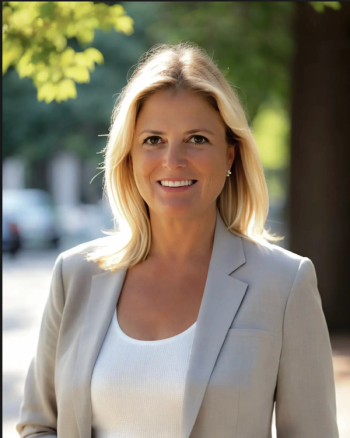
Finding the Translators: Helping Connect the Science to the Patient
The need for analytics translators is not limited to data science. The adoption of all scientific or technical advances, including those in the healthcare industry, needs effective translators. So what does this mean for pharma marketing?
In my former role as head of global analytics for a large pharmaceutical company, the buzz surrounding machine learning and artificial intelligence was deafening, but what was less recognized was the importance of analytics translators. These people were the bridge between the data scientists and the marketers. Back in 2018, McKinsey called the analytics translator a “must have” role in order to make sure that an analytics initiative was adopted by the business and achieves “real impact.” Importantly, the need for translators is not limited to data science. In fact, the adoption of all scientific or technical advances, including those in the healthcare industry, needs effective translators.
So, what does this mean for pharmaceutical marketing? Since we have the same challenge in getting the broader medical community to appreciate the value of a new treatment or new study, we need to find and connect with these healthcare translators to help spread the word. The scientists who work on those treatments typically form a tightknit group where new information flows freely and quickly across the group (note: the bigger the medical community the more likely there are to be multiple tightknit groups that may not communicate much with each other). But it can be very challenging to get that new information spread to the broader medical community. Why? Because the scientific communities rarely also include these “translators” to the broader community within them. In order for an idea or virus to spread, it needs a vehicle to jump from one community to another community. For medical advances, in order to best spread-the-word we need to identify those scientist-practitioners who can connect the scientific community to the treatment community.
Previously, for those of us who have been trying to find these translators, we have not had an easy way to do so. Looking at scientific output or scientific connections can help you identify the scientific leaders, but you don't know how well then connect with the treating communities. Looking at referral patterns from these scientists to other physicians or attempting to divine influence through statistical models allows us to provide some insight into who these translators might be, but these models can be highly unreliable and lead to false conclusions. The difficulty of finding these translators is compounded by the fact that the vast majority of scientific research in a specific therapeutic area deals with biology, animal studies, epidemiological studies, etc. - that is, things that most practitioners are not very interested in.
To help identify these translators, we have combined a multi-year effort to identify how translators communicate. To achieve this, we have medical experts continuously review scientific publications and presentations to identify which ones are actually translating new scientific advances for the broader healthcare community. Leveraging this novel stream of data, we have been able to train natural language processing and machine learning models to identify the scientists who focus on actual patient treatments and outcomes. These doctors are the critical connectors from the scientific community to the treatment community and are necessary for the rapid adoption of new treatment paradigms.
Marketers frequently think in terms of the classic diffusion of innovations model, where our initial use comes from innovators and early adopters and the key to broad uptake is the ability to “cross the chasm” to the early majority. For medicine, these translators are the key to successfully make the leap across the chasm to the majority and any brand trying to get the word out needs to understand who these translators are and how to connect with them.
Patrick Howie is the founder and CEO of
Newsletter
Lead with insight with the Pharmaceutical Executive newsletter, featuring strategic analysis, leadership trends, and market intelligence for biopharma decision-makers.





